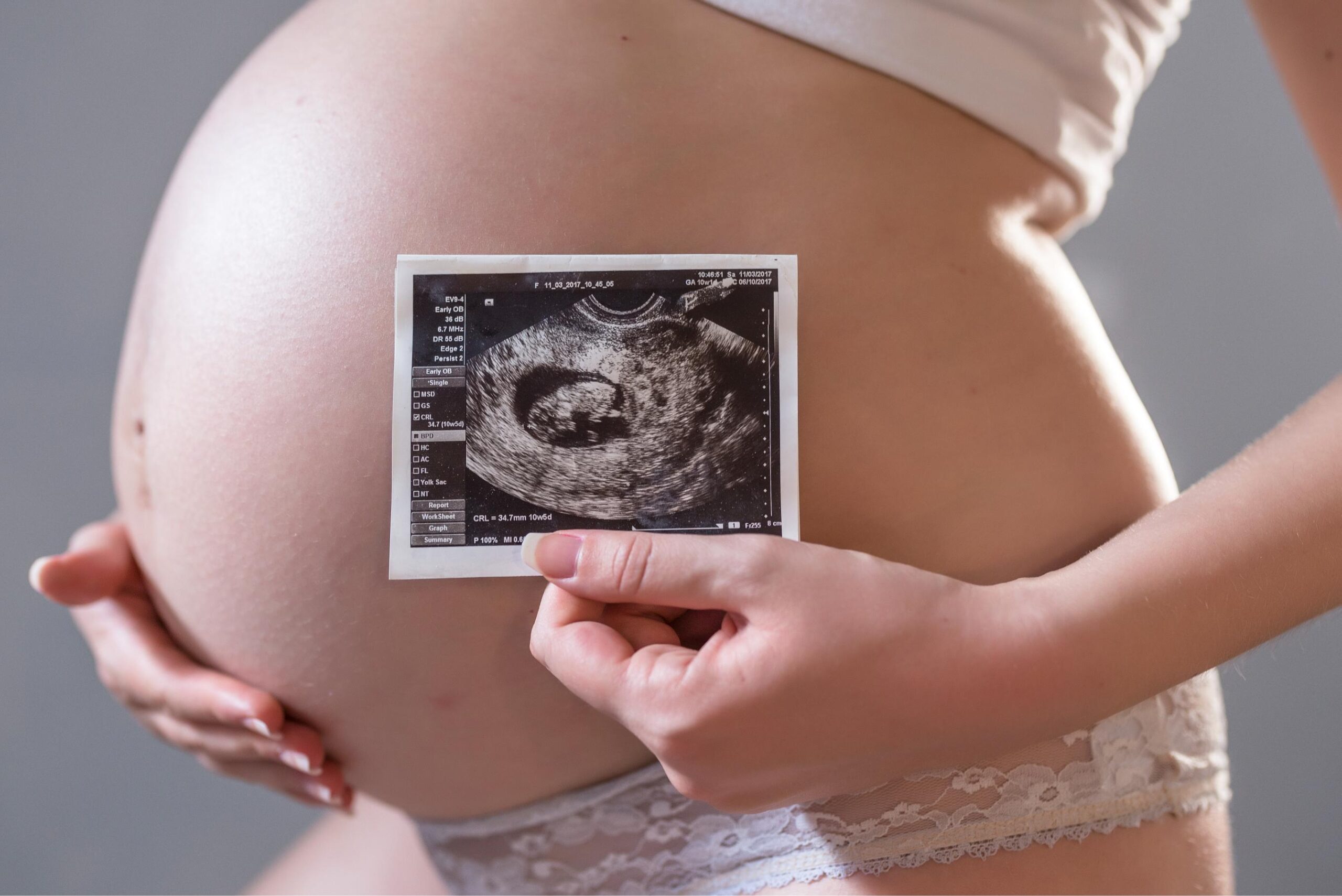Pregnancy is a deeply personal and transformative journey, filled with excitement, anticipation, and a natural desire to create the best possible environment for your baby. As you prepare to welcome new life, ensuring a healthy lifestyle goes beyond just a balanced diet and regular prenatal care. One often-overlooked aspect of pregnancy health is the exposure to environmental toxins—substances present in everyday items that could pose risks to both you and your developing baby.
From the food you eat to the products you use in your home, certain chemicals and contaminants can unknowingly enter your body, potentially impacting your baby’s growth and well-being. But don’t worry—by making small yet conscious choices, you can significantly reduce your exposure to these harmful substances and create a safer, toxin-free space for both you and your little one.
Why Avoiding Toxins Matters
The Environmental Working Group found an average of 287 contaminants in umbilical-cord blood, including mercury, fire retardants, pesticides, and chemicals like PFOA (used in non-stick cookware). This means that even before birth, babies are already exposed to toxins that can affect their long-term health.
Adverse Pregnancy Outcomes Linked to Environmental Toxins
Exposure to harmful chemicals can lead to several pregnancy complications, including:
- Gestational diabetes mellitus
- Preterm delivery
- Intrauterine growth restriction (IUGR)
- Low birth weight
- Neural tube defects
- Pregnancy complications due to placental interference
The placenta, which nourishes and protects the developing baby, is not impervious to toxins. Harmful chemicals can impact DNA methylation, oxidative stress, and cytokine levels, potentially leading to developmental issues.
Common Toxic Chemicals to Avoid During Pregnancy
Understanding which chemicals pose the greatest risk can help you make informed choices to safeguard your pregnancy.
- BPA (Bisphenol A)
Found in water bottles, paper receipts, can liners, and food storage containers, BPA exposure during pregnancy can alter brain development. Opt for glass or stainless steel containers instead.
- Pesticides & Herbicides
These chemicals, commonly found in non-organic fruits, vegetables, and household pest control products, are known to affect fetal development. Prioritize organic produce, particularly for the ‘Dirty Dozen’ list, which includes strawberries, spinach, kale, apples, and grapes.
- Flame Retardants
Used in furniture and mattresses, these chemicals have been linked to learning disabilities in children. Choose flame-retardant-free products when possible.
- Perchloroethylene (PERC or PCE)
Present in carpet cleaners, dry cleaning solutions, and spot removers, prenatal exposure to PERC is linked to neurological problems.
- Phthalates
Found in lotions, soaps, shampoos, perfumes, air fresheners, and plastics, phthalates can cross the placenta and interfere with fetal development. Choose phthalate-free personal care products and avoid artificial fragrances.
- PFAs (Per- and polyfluoroalkyl substances)
These chemicals, found in nonstick cookware, fast food packaging, and some clothing, are associated with an increased risk of gestational diabetes, pre-eclampsia, and low birth weight. Choose stainless steel or cast iron cookware and minimize consumption of packaged foods.
- Formaldehyde & Lead
- Formaldehyde is found in nail polish, some cosmetics, and hair-straightening products. Opt for formaldehyde-free beauty products.
- Lead is present in certain lipsticks, eyeliners, and whitening toothpaste. High exposure can cause preterm delivery, low birth weight, and miscarriage.
- Mercury
High mercury levels, often found in fish like shark, swordfish, king mackerel, and tuna, can lead to brain damage, hearing issues, and vision problems in a developing baby. Choose low-mercury fish such as salmon, sardines, and trout.
Practical Steps to Minimize Toxic Exposure
- Eat Organic Whenever Possible: Focus on organic meat, fish, and produce to reduce pesticide intake.
- Use Glass or Stainless Steel Water Bottles: Plastic bottles can leach harmful chemicals, especially when exposed to heat.
- Update Your Cookware: Ditch nonstick pans in favor of stainless steel, cast iron, or ceramic alternatives.
- Avoid Artificial Fragrances: Air fresheners, diffusers, and scented candles contain formaldehydes and VOCs, which are harmful hormone disruptors.
- Choose Safe Cleaning Products: Opt for pregnancy-safe alternatives such as vinegar and baking soda-based cleaners.
- Avoid Spray Products: Hair sprays, deodorants, fake tan sprays, and aerosol cleaners introduce harmful particles into the air. Consider solid perfumes and oil-based alternatives.
- Wear Protective Gear During Renovations: Lead exposure from repainting or home renovations can be dangerous. Use masks, gloves, and protective clothing when necessary.
- Choose Natural Fabrics: Prefer cotton, linen, silk, and wool over synthetic fabrics for clothes and bedding.
- Avoid Stressful and Toxic Environments: Emotional and environmental toxins go hand in hand. Practice stress-reduction techniques like yoga, meditation, journaling, and reading to support a healthy pregnancy.
An insight from mamahood
While it’s impossible to eliminate all toxins from daily life, taking small steps to reduce exposure can significantly impact maternal and fetal health. By making informed choices about food, household products, and lifestyle habits, expecting mothers can create a safer environment for their baby’s development. Awareness is the first step toward a healthier pregnancy—every mindful choice counts! For personalized health support, connect with Mamahood Health Advisors through live chat or private messages. You can also explore Mamadoc, your AI-powered doctor, for tailored guidance on pregnancy wellness and minimizing environmental toxins.








